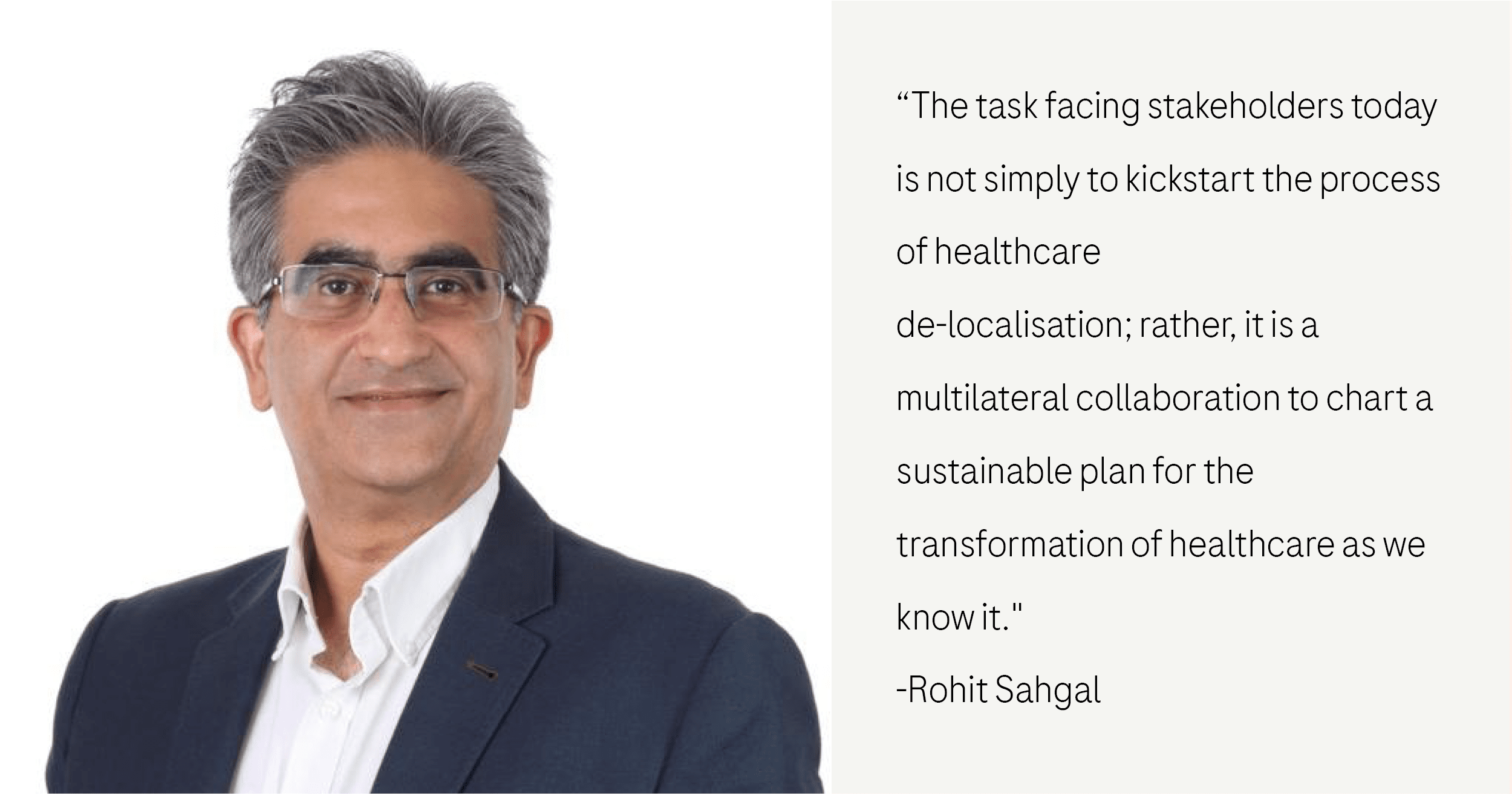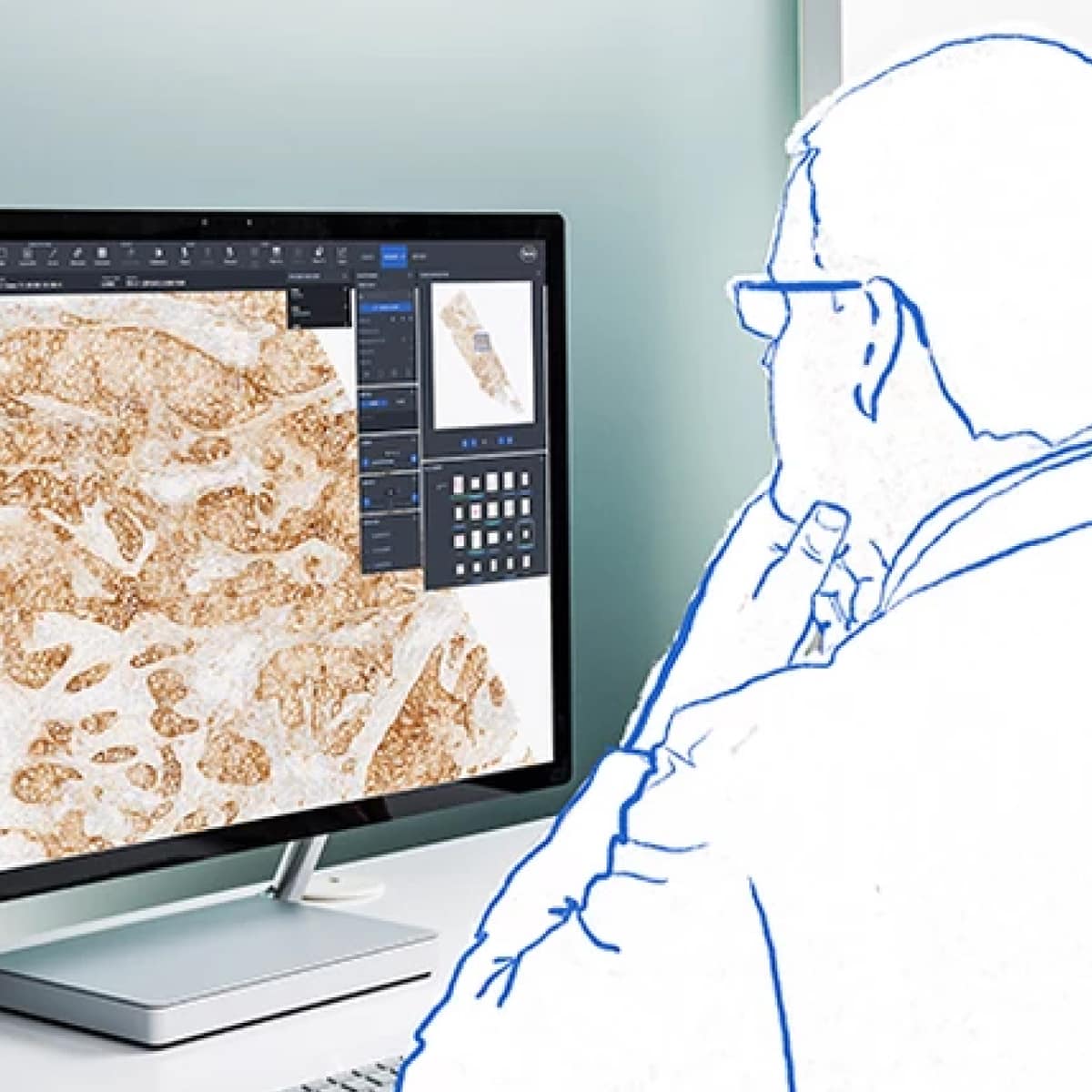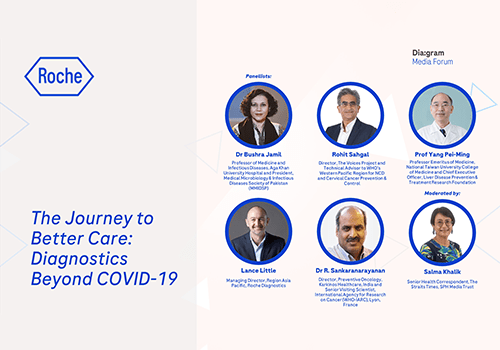Healthcare is unique in that, both as a science and an industry, it has always had an ethos of sharp bursts of radical progress. Other fields evolve slowly, albeit steadily, over time – think the 100+ years between Alexander Graham Bell’s phone and 4G data or between steam engines and high speed rail. In healthcare, progress is made in rapid, almost unpredictable bursts – for instance, Alexander Fleming’s accidental discovery of penicillin, Florence Nightingale’s revolutionisation of nursing, or (just this year) the first use of stem cells to cure an HIV patient1.

Rohit Sahgal, Former Global Health Principal at The Economist Group and Founder of The Voices Project pens his thoughts on the road ahead for health systems in Asia Pacific and around the world.
The pace of radical change
This reflects the drastic difference that defines healthcare: every minute step of progress yields immediately actionable ways to improve individuals’ and communities’ quality of life. Elsewhere, particularly in the field of emergent technology; despite fast-paced innovation, the adoption of new technologies tends to be slow as the sole selling point is a marginal increase in convenience. Sadly, this means that many novel technologies don’t see implementation for decades. Conversely, major breakthroughs in healthcare are rare, fuelling the air of radical progress they engender.
In the three years since the start of the COVID-19 pandemic, in which innovators turned in droves to the field of healthcare, unprecedented advances in medtech have set the stage for a sustained paradigm shift to reshape healthcare in its entirety.
The common thread defining this paradigm shift is the notion of enhancing and expanding the provision, delivery, and quality of healthcare services using digital interfaces – supposedly the great equaliser.

Artificial Intelligence can support pathologists in the interpretation of tissue samples
Can emergent technologies help to course correct past health system fallacies?
From augmented reality applications modelling the human body for the training of medical students and nurses; personal health data management systems seamlessly integrating the services of distinct, separate healthcare providers; 5G technology providing internet reliable enough to facilitate remote surgery; sophisticated platforms for remote medical consults; to platforms verifying the authenticity of digital vaccine certificates or integrating medical tests and diagnostics — each emerging innovation has a common denominator. Each has yielded significant gains such as reducing costs, maximising resources, and by facilitating the equitable standardisation necessary to provide healthcare services at a distance without compromising quality and making it potentially the long-awaited democratisation of health access.
In any other industry, the benefits of such innovation would at best simply result in marginally improved profits for businesses. For healthcare, however, the social implications are far-reaching. As each new medtech innovation is refined and implemented, the costs and obstacles – that hinder service to marginalised communities or cause differences in quality and access to talent between hospitals, regions, and countries – vanish. Enabling the delivery of standardised, high-quality healthcare services with little regard for physical distance or boundaries, will eliminate inequalities facing healthcare users, providers, and even student across the globe. It will enable governments and investors to maximise the value of healthcare systems while minimising the cost of investment.
The benefits of emergent healthcare technologies manifest in a variety of areas. On one hand, technology facilitating remote consults, at-distance collaboration between physicians, and remote surgery reduces the labour-intensiveness of healthcare delivery and education as facilities in different locations will not need to replicate each other’s specialities. This will allow leading global and regional healthcare facilities to become more integrated while staying specialised, benefit from economies of scale, and provide high-value healthcare services to a wider pool of distant users. On the other hand, the use of augmented reality aids for medical students, nurses, and general practitioners will enable a standardised quality of understanding, care, and instruction. At the same time, advances in personal health data management technologies and secure virtual certificates of vaccination or test results will enable patients and users of healthcare services to seamlessly use healthcare services from multiple providers, thus enhancing the overall quality of care.
For investors, regulators, payors, policymakers, and other stakeholders; this signifies the start of a new era of high value, low-cost healthcare delivery. For marginalised communities previously struggling to receive comparable healthcare to their privileged counterparts, this is the great equaliser which will make higher quality healthcare easily accessible.
Yet, at its core, the rise of emergent technologies challenges our conception of healthcare delivery. No longer as something that takes place locally, tethered to the patient’s location or requires skillsets not necessarily yet ingrained in both the delivery and receiving of the care continuum.
An interconnected, impact-driven ecosystem
This means breaking down the barriers between different public and private health systems, developing a consistent dialogue between healthcare practitioners in different locations and creating a common value framework for health delivery. In the long run, an even greater elimination of distance and locale as factors in healthcare is likely to be brought about as the now nascent “metaverse” and other emergent technology facilitate further elimination of barriers between healthcare providers in different locations.
Consequently, the task facing stakeholders today is not simply to kickstart the process of healthcare de-localisation; rather, it is a multilateral collaboration to chart a sustainable long-term plan for the transformation of healthcare as we know it.














